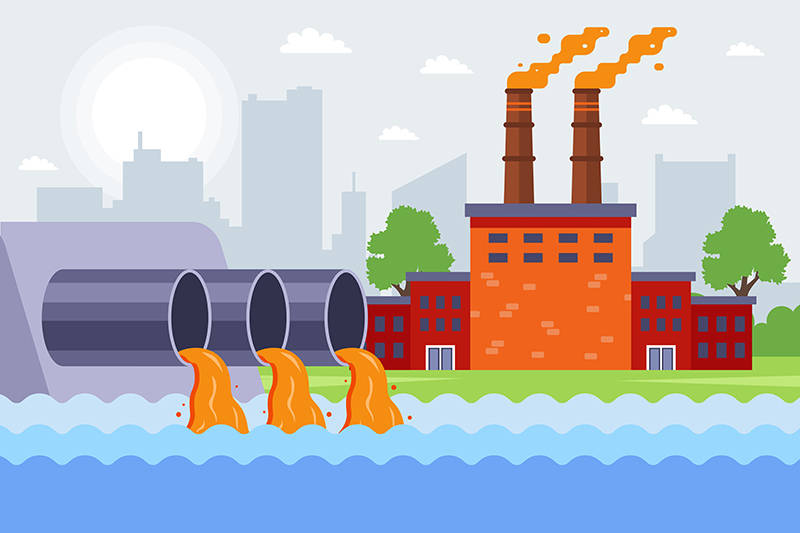pacl polyaluminum chloride
Understanding PACL The Role of Poly-Aluminum Chloride in Water Treatment
Poly-aluminum chloride (PACL) is a chemical compound widely used in water treatment processes. This inorganic polymer coagulant has gained substantial attention due to its effectiveness in enhancing water quality. PACL is favored over traditional aluminum sulfate due to its superior performance in various applications, particularly in drinking water purification and wastewater treatment.
What is PACL?
PACL is a formulation of aluminum salts that is produced by reacting aluminum hydroxide with hydrochloric acid. It appears as a white to pale yellow powder or liquid and is highly soluble in water. Its unique structure, which consists of both monomeric and polymeric forms of aluminum, contributes to its efficacy as a coagulant. By providing a positive charge that neutralizes the negatively charged particles present in water, PACL promotes the aggregation of these particles into larger flocs. This process aids in the removal of suspended solids, pathogens, and other contaminants from water.
Advantages of Using PACL
1. Enhanced Coagulation Efficiency PACL is known for its excellent coagulating properties, even at low doses. This results in effective removal of turbidity and organic matter, leading to cleaner water in a shorter duration. Its ability to work efficiently at a range of pH levels makes it versatile for various water sources.
2. Lower Alkalinity Impact Unlike traditional coagulants, PACL has a reduced effect on water alkalinity. This is especially important in maintaining the balance of water chemistry during treatment processes, which is critical for ecological health and the overall quality of treated water.
pacl polyaluminum chloride

3. Reduced Sludge Production The use of PACL typically results in less sludge generation compared to conventional coagulants. This can lead to lower disposal costs and a more environmentally friendly waste management process, making it a preferred choice for treatment plants aiming for sustainability.
4. Improved Floc Characteristics The flocs formed by PACL tend to be denser and more robust, facilitating their removal during sedimentation and filtration processes. This improves overall efficiency in water treatment facilities.
Applications of PACL
PACL is predominantly used in municipal drinking water treatment, where it helps in the removal of impurities to meet health standards. It is also widely utilized in industrial wastewater treatment, where it can effectively reduce chemical oxygen demand (COD) and enhance the clarity of effluents before discharge.
In addition to these primary uses, PACL is often employed in sectors such as paper manufacturing, textile processing, and food production, where clarification processes are crucial. The versatility of PACL makes it an essential component in various industrial applications aimed at improving water quality.
Conclusion
Poly-aluminum chloride represents a significant advancement in the field of water treatment. With its enhanced coagulation capabilities, reduced environmental impact, and versatility across numerous applications, PACL continues to play a vital role in ensuring safe and clean water supplies worldwide. As the demand for effective water treatment solutions grows, PACL's importance in this sector is likely to increase, paving the way for improved technologies and sustainable practices in water management. With a focus on innovation and environmental responsibility, the use of PACL is set to remain a critical component of modern water treatment strategies.
-
Water Treatment with Flocculant Water TreatmentNewsJun.12,2025
-
Polymaleic AnhydrideNewsJun.12,2025
-
Polyaspartic AcidNewsJun.12,2025
-
Enhance Industrial Processes with IsothiazolinonesNewsJun.12,2025
-
Enhance Industrial Processes with PBTCA SolutionsNewsJun.12,2025
-
Dodecyldimethylbenzylammonium Chloride SolutionsNewsJun.12,2025





